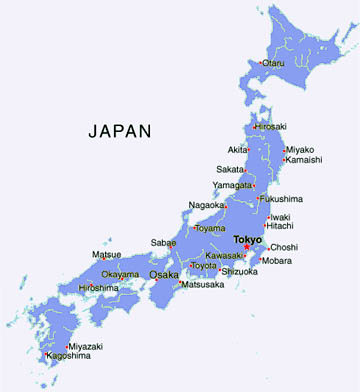Environmental pollution is pollution of air, water and land from man-made wastes. Pollution leads to a reduction in the thickness of the ozone layer, global warming and climate change. Air pollution is the release of chemicals into the atmosphere. Water pollution is such as leakage into groundwater, wastewater discharge. Environmental changes can affect humans’ bodies. I’ll talk about some points of this subject.
Air pollution comes from both natural and man-made sources. Motor vehicle vents are one of the leading causes of air pollution. The environmental pollutions affect all living things in this planet. It affects humans and animals and makes them suffer with illness and body changes which can also effect the environment itself to suffer from the wastes that humans made. It can do damage to the humans’ body such as respiratory disease, cardiovascular disease, throat inflammation, chest pain and many more.” Respiratory disease is the term for diseases of the respiratory system. These include diseases of the lung, pleural cavity, bronchial tubes, trachea, upper respiratory tract and of the nerves and muscles of breathing” (http://en.wikipedia.org/wiki/Respiratory_disease ). Cardiovascular disease or heart disease is the type of disease that involves the heart or blood vessels. Throat Inflammation which is continuous pain in the throat, pain and hard to swallow and high fever followed by body pain. “Chest pain may be a symptom of a number of serious conditions and is generally considered a medical emergency. Even though it may be determined that the pain is non-cardiac in origin, this is often a diagnosis of exclusion made after ruling out more serious causes of the pain” (http://en.wikipedia.org/wiki/Chest_pain ). Smog and haze can reduce the amount of sunlight received by plants to carry out photosynthesis and lead to the production of troposphere ozone which damages plants. Nitrogen oxides are removed from the air by rain and fertilized land. Ocean acidification is cased by carbon dioxide. The emission of greenhouse gases leads to global warming. Nitrogen oxides are removed from the air.
The environmental pollution can be solved in various ways. Recycling, dust collecting system, Scrubber, sewage treatment and vapor recovery systems. Recycling the materials into new products, which reduce the air pollution (from incineration) and water pollution (from landfilling).A dust collector is designed to handle heavy dust loads. It consists of a blower, dust filter, a filter-cleaning system, and a dust receptacle or dust removal. “Scrubber systems are a diverse group of air pollution control devices that can be used to remove some particulates and/or gases from industrial exhaust streams. Traditionally, the term "scrubber" has referred to pollution control devices that use liquid to wash unwanted pollutants from a gas stream. Recently, the term is also used to describe systems that inject a dry reagent or slurry into a dirty exhaust stream to "wash out" acid gases. Scrubbers are one of the primary devices that control gaseous emissions, especially acid gases. Scrubbers can also be used for heat recovery from hot gases by flue gas condensation.” (http://en.wikipedia.org/wiki/Scrubber). Sewage treatment is the process of removing pollution from wastewater and household sewage. It includes physical, chemical, and biological processes to remove physical, chemical and biological pollutions. Vapor recovery is the process of recovering the vapors of gasoline so they don’t escape into the atmosphere. This is done at filling stations in order to reduce poisonous and explosive pollutants.
The best solution is to stop and reduce the unnecessary factories and products which can save the environment we are living. Humans must clean the environment around to reduce the waste in the ground which will reduce the chemical reaction to air pollution. Oil ships must double the tanks' security so that oil mustn’t leak to sea-water.
Sources:
612 words




